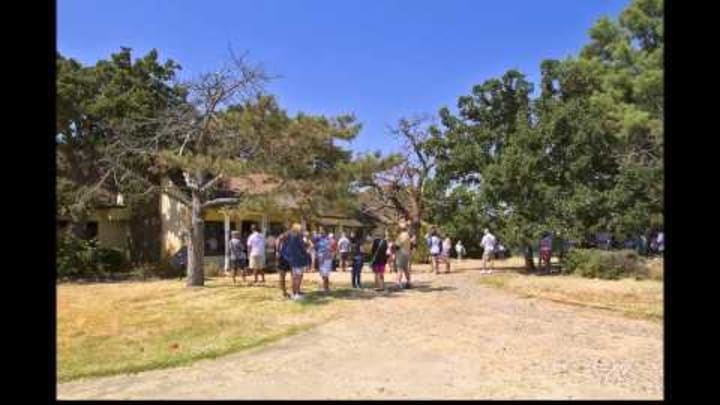Curtis Grant didn’t think he was purchasing history when he acquired an ordinary-looking suburban house in Flower Mound, Texas. He intended to raze it and build a 12-home development over its grounds. But while demolishing the residence several months ago, he discovered wooden logs lurking beneath layers of plaster and drywall.
The logs turned out to be the walls of a one-room cabin constructed in the 1860s, making the dwelling almost as old as the state of Texas itself. Over time, owners had built around the rough-hewn walls, burying the frame beneath a larger, more modern exterior.
Grant consulted with local historians, who confirmed that the house was most likely built by a man named William Gibson. Gibson, like many of the region’s other early settlers, was lured to the wild frontiers of Texas with the promise of free land; his distant relatives still live in the region. The structure is thought to be one of the only remaining 19th-century buildings in Flower Mound, if not all of North Texas.
The cabin doesn’t have any historic markers, so Grant can technically do whatever he wants with the property, which locals have started calling the Long Prairie Homestead. However, he says he no longer intends to bulldoze it; instead, he wants to build a nine-house community and set aside the cabin and its surrounding grounds as a historic site.
The catch? The property is expensive—about $750,000 to $800,000, by one estimate—and Grant can’t afford to simply donate it to the town.
The town is hosting a series of open houses, hoping to raise enough community support—and money—to keep the Long Prairie Homestead in its original location. Check out a video of one of their most recent events above, or visit the Long Prairie Homestead Facebook page for more information.
